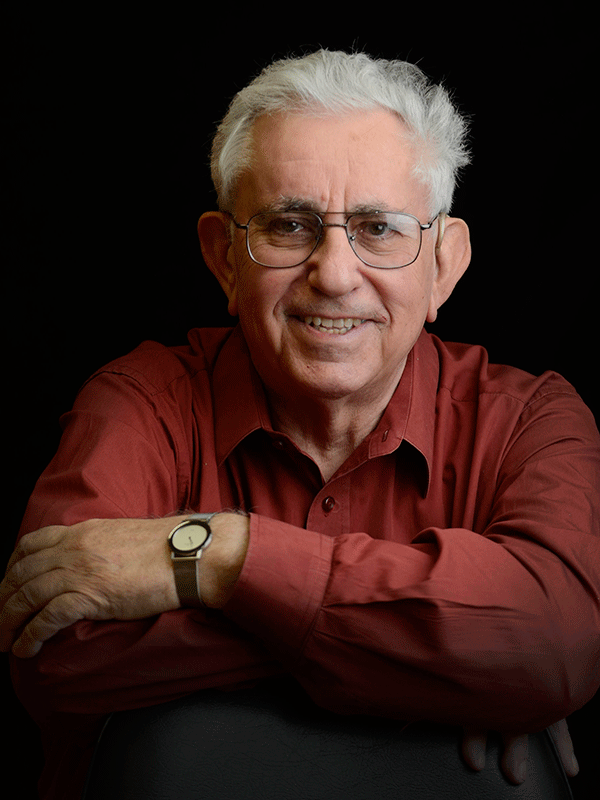 Adam Heller’s work in electrochemical engineering has touched the lives of people across the globe. As the inventor of the painless diabetes blood monitor, his developments in healthcare have had an enormous societal and economic impact. Heller’s work spans a range of technologies, touching areas related to battery and energy—including solar cells, the lithium battery, and photoelectrocatalysis.
Adam Heller’s work in electrochemical engineering has touched the lives of people across the globe. As the inventor of the painless diabetes blood monitor, his developments in healthcare have had an enormous societal and economic impact. Heller’s work spans a range of technologies, touching areas related to battery and energy—including solar cells, the lithium battery, and photoelectrocatalysis.
Heller’s journey though the sciences took flight in 1961, when he received his PhD from Ernest David Bergmann at the Hebrew University. From there, he had research related stints at such notable establishments as GTE Laboratories and Bell Laboratories, where he headed the Electronic Materials Research Department from 1977-1988.
His research soon transcended into teaching when he became a professor of engineering at the University of Texas in Austin. During this time, Heller invented what would be one of his most significant contributions to science—the painless blood glucose monitoring system.
It began in 1996 when Heller and his son Ephraim Heller founded TheraSense, which has transitioned to become a major part of Abbott Diabetes Care of Alameda, CA. Here, the FreeStyle™ system of TheraSense was developed, which made the monitoring of blood glucose painless by accurately monitoring the glucose concentration in just 300 nanoliters of blood.
Heller also established the field of the electrical wiring of enzymes (1988-2005), the electrical connection of their catalytic redox centers to electrodes and built with wired enzymes subcutaneously implanted miniature glucose sensors, which became the core technology of the 2008 FreeStyle Navigator™ and of the 2014 FreeStyle Libre™. This continuous glucose monitoring system of Abbott Diabetes Care intended to replace the 16 billion annually performed blood-requiring strip assays. Its disposable part is factory calibrated, requires no blood samples and operates for two weeks.
His study of the physical chemistry of inorganic oxyhalide solutions resulted in the first neodymium liquid lasers (1964-1967) and in the publication of the first paper on the lithium thionyl chloride battery with James J. Auborn in 1973, which would be used in implanted medical and defense systems that required a shelf life of greater than 20 years or a higher than average energy density.
Similarly, Heller continued his research in energy by exploring solar cells, which resulted in 11.5% efficient solar cells in 1980 and in 11 % efficient hydrogen evolving photoelectrodes in 1981. Along with Heinz Gerischer, Heller was able to show that the rate of photo-assisted oxidation of organic matter on photocatalytic titanium dioxide particles was controlled by the rate of reduction of adsorbed oxygen by trapped electrons.
Heller has been recognized for his scientific achievements by some of the top establishments in the world. Most notably, he received the United States National Medal of Technology and Innovation in 2008—the top technology award in the U.S.
He has been awarded many times by The Electrochemical Society, including its David C. Grahame Award, its Vittorio de Nora Gold Medal, and the Heinz Gerischer Award of its Europe Section. He is an ECS Fellow.
Among Heller’s other awards and achievements are his induction to the U.S. National Academy of Engineering (2009) and the American Academy of Arts and Science (2009), Spiers Medal and Faraday Medal of the Royal Society of Chemistry UK, Fresenius Gold Medal of the Society of German Chemists, and the Torbern Bergman Medal of the Swedish Chemical Society—an award he shared with ECS Fellow Allen J. Bard.

